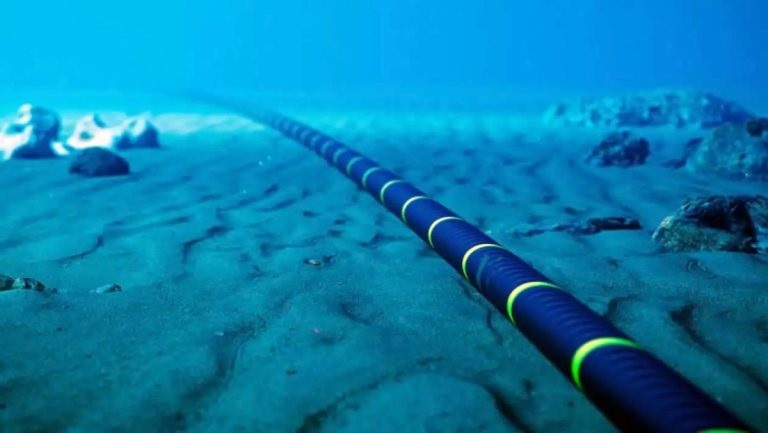Undersea internet cables connecting Europe and India have been disrupted off the coast of Yemen, Watan-Bloomberg has revealed. The telecommunications companies responsible for them must find a way to fix them in war zones.
Briarish Padayachee, chief digital officer of Seacom Ltd, the South African company that owns the cable, said the company discovered the fault on February 24.
The fault, estimated to be between 150 and 170 meters deep, occurred in an area where the Houthis have attacked ships with drones and missiles.
The agency noted that the incident highlighted the vulnerability of critical submarine infrastructure, particularly in the Red Sea, where some 16 cable systems connect Europe to Asia through Egypt.
Padayachee said that while Seacom managed to quickly reroute Internet traffic to alternative cables, it had to find a way to overcome the challenges of repairing cables in a war zone.
The company is working with a cable repair company owned by Etisalat to study how to secure the vessel that will undergo repairs and whether it will require military or armed protection. “A possible cessation of hostilities in the region could provide a good opportunity to repair fault lines,” Padayach said.

The Houthis have previously threatened via social networks to sabotage vital undersea cables, but there is no evidence they have succeeded in doing so.
According to the International Cable Protection Council, most cable failures are caused by fishing equipment such as nets or anchors being dragged along the seabed. “It’s too early to tell if this was an act of vandalism; we won’t know if someone cut the cable until we get it back,” Padayach said.
Since the Houthis launched attacks in the Red Sea, there have been widespread concerns that targeting undersea cables could lead to widespread paralysis.
The global transportation artery passes through the depths of the Indian Ocean and the waters of the Arabian Sea, starting from India, along the coast of the Arabian Peninsula, through the Red Sea and the Suez Canal, and then to the Mediterranean and European coasts.
Experts estimate that at least 95% of international data and communications flow through the depths of the ocean. This is crucial as it represents global information security and citizen services on all continents.
international attention
US magazine Foreign Policy previously stated that while most concerns have focused on the impact of Houthi armed attacks on ships transiting strategic sea lanes, including commercial shipping and energy flows through the key crossing point between the Suez Canal and the Indian Ocean, Concerns now focus on potential threats to underwater infrastructure, which has become a gray zone battleground in the region in recent years.
The magazine noted that “vast amounts of data and money flow between Europe and Asia via fiber optic cables that pass through areas where the Houthis are most active.”
It confirmed that more than 99% of intercontinental communications occur via undersea cables, not just the Internet but also financial transactions and transfers between banks. Additionally, many defense sectors rely on cables.